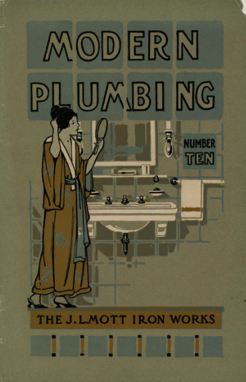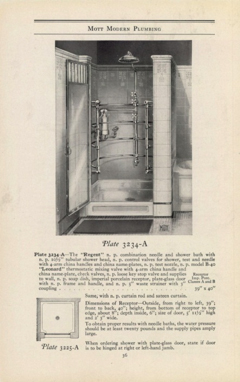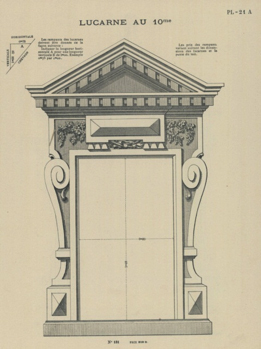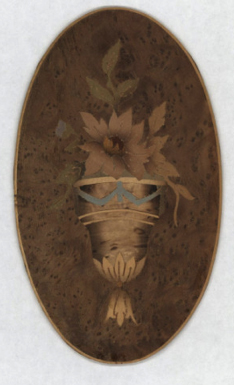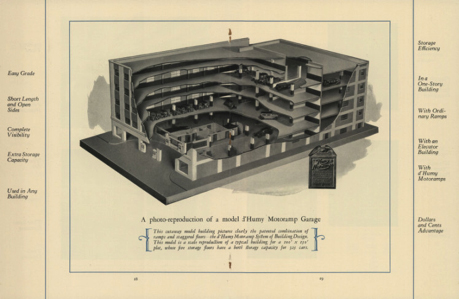Making architecture theses and thesis prep. work available through an open access tool: the Syracuse experience
Barbara Opar, column editor
Open Access Week this year is October 22-26. As we approach the sixth year of this program, I can personally attest to the growth of this initiative at my own institution. Peggy Johnson writes in the second edition of Fundamentals of collection development and management states: Libraries are in the knowledge business, with core functions to select and acquire resources, facilitate their discovery, support their access and dissemination, archive and preserve them, and support their community of users as they do their work. Changes in the process of information dissemination have obvious effects in all these areas. The results of research are being perceived as both a public good and a common good as the Internet makes a tremendous amount of research and scholarship freely available and discoverable (p.304). To this end, the Syracuse University Library began an institutional repository in 2009 to make freely available Syracuse University scholarship. Discussions about such a repository had taken place several years earlier at the University level, but it was the Library who saw this initiative through to fruition. Working with BEPRESS, the Library set up a system of collections for each academic unit. When appropriate, series were created within the collections (such as a heading for newsletters).
Individual faculty members were approached to submit articles and book chapters to the repository. Publication guidelines and copyright were carefully reviewed before posting. If a journal did not appear in Sherpa/Romeo as green or was not listed, then the Library turned to a more direct approach, reviewing the actual journal guidelines and/or contacting the editor directly. In this way, the repository began to grow. This is still an important aspect of SUrface, as our repository is known. Incoming students can now read articles by faculty members or learn about the history of the department through sources like digitized lectures.
But Syracuse has, as well, collected undergraduate theses and thesis preparatory booklets. While most institutions collect graduate work, Syracuse has also maintained a collection of undergraduate thesis work. At one point, all such work was collected. But, as students often turn to past years’ examples for study, it was decided to retain only B+ and above theses and thesis prep. books so that students would browse only “good” work for models. These theses were barcoded and accessible through the Library’s reserve module. Items could be searched by author and title but not readily by keyword. The collection was also difficult to maintain due to high use and varying bindings and formats.
With our institutional repository well established, thesis work seemed a natural addition to SUrface. The department had previously followed the generally accepted practice of making print copies of exit projects submitted in partial fulfillment of a degree available for public reference. So this policy was adapted for the digital copies.
New categories had to be set up in SUrface to accommodate undergraduate work. Digitization standards were put in place to allow for the material to be loaded and viewed. Digital copies had to be reviewed for completeness and clarity. Information, such as the degree, date and the student’s complete name, was verified by the recorder when necessary. Abstracts were created when they were not part of the original document.
For the past two semesters, students have submitted digital copies of their work and the department has made that information available to us. However, many of these files have been very large so they have needed to be optimized, reduced or, in some instances, broken down into several parts.
After countless hours of hard work and persistence by a group of dedicated students, most of the theses and thesis prep. booklets have been uploaded to SUrface. Not surprisingly, these materials are being used. There are currently a total of 267 masters theses, senior theses and thesis prep. books on SUrface. Reports (over the course of about 9 months) indicate a total of 2,064 downloads.
More work remains. We do not have all the theses or thesis prep. books that meet the established criteria and plan to look to faculty help in securing as many of these as possible.
We also plan to ask that next year’s students submit files read to upload and suggest appropriate keywords.
Although more work remains, the project has resulted in improved access, increased visability, and more room for other library material!
Submitted by Barbara Opar with special thanks to Yuan Li, SUrface administrator, and to Carrie Leneweaver, Christina Hoover and Linsay Royer for all their hard work in completing this project.

 Study Architecture
Study Architecture  ProPEL
ProPEL 